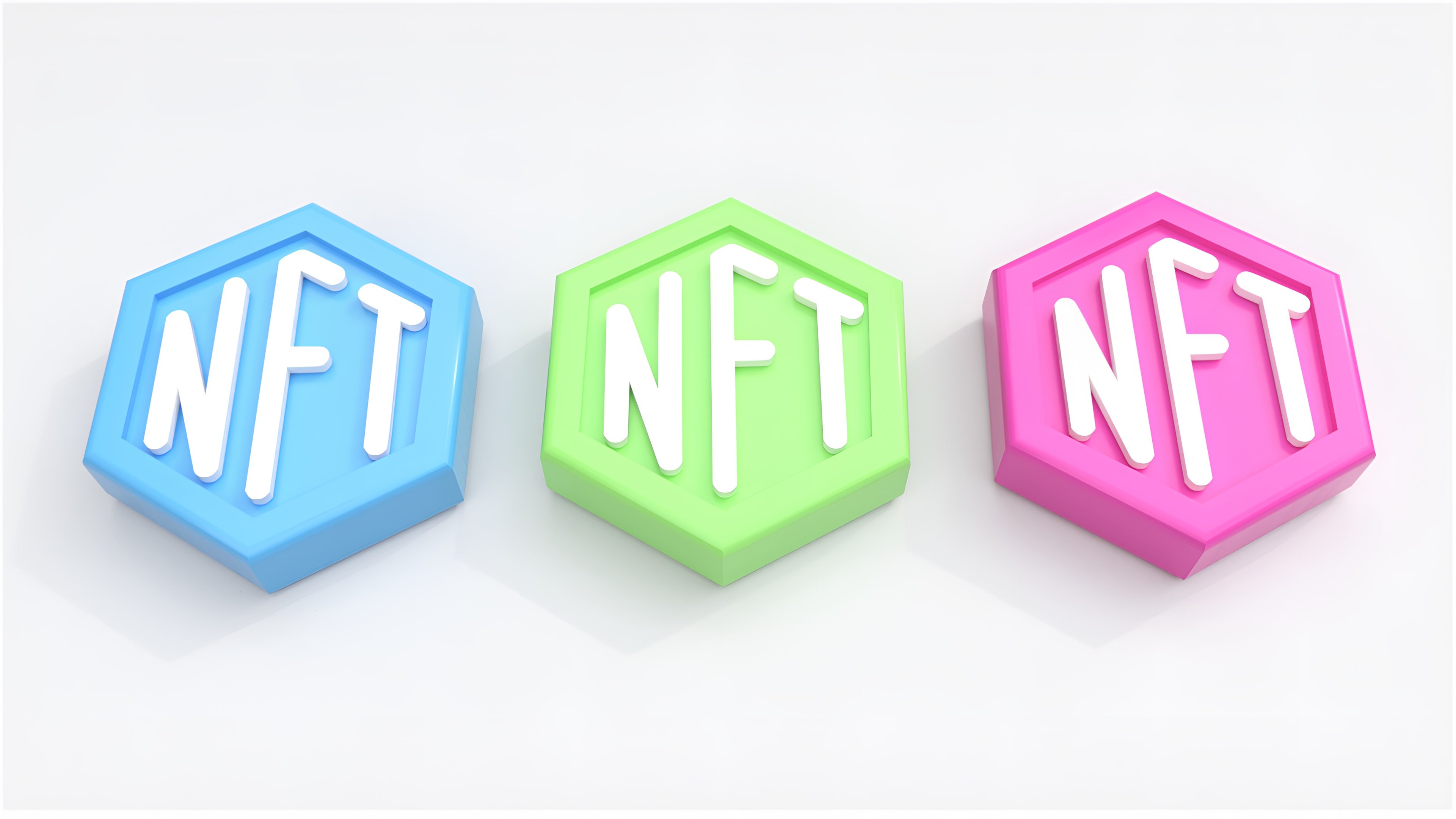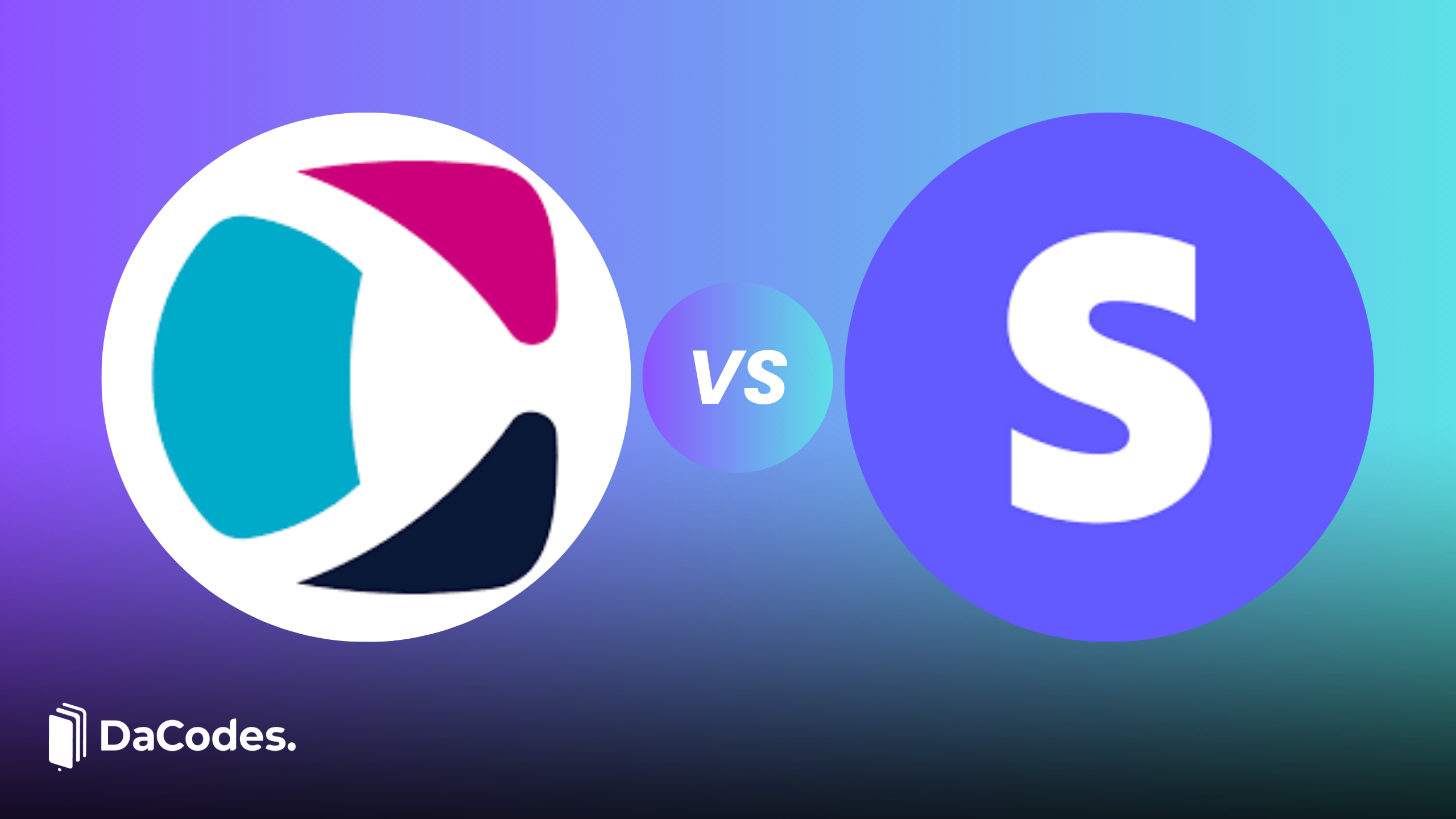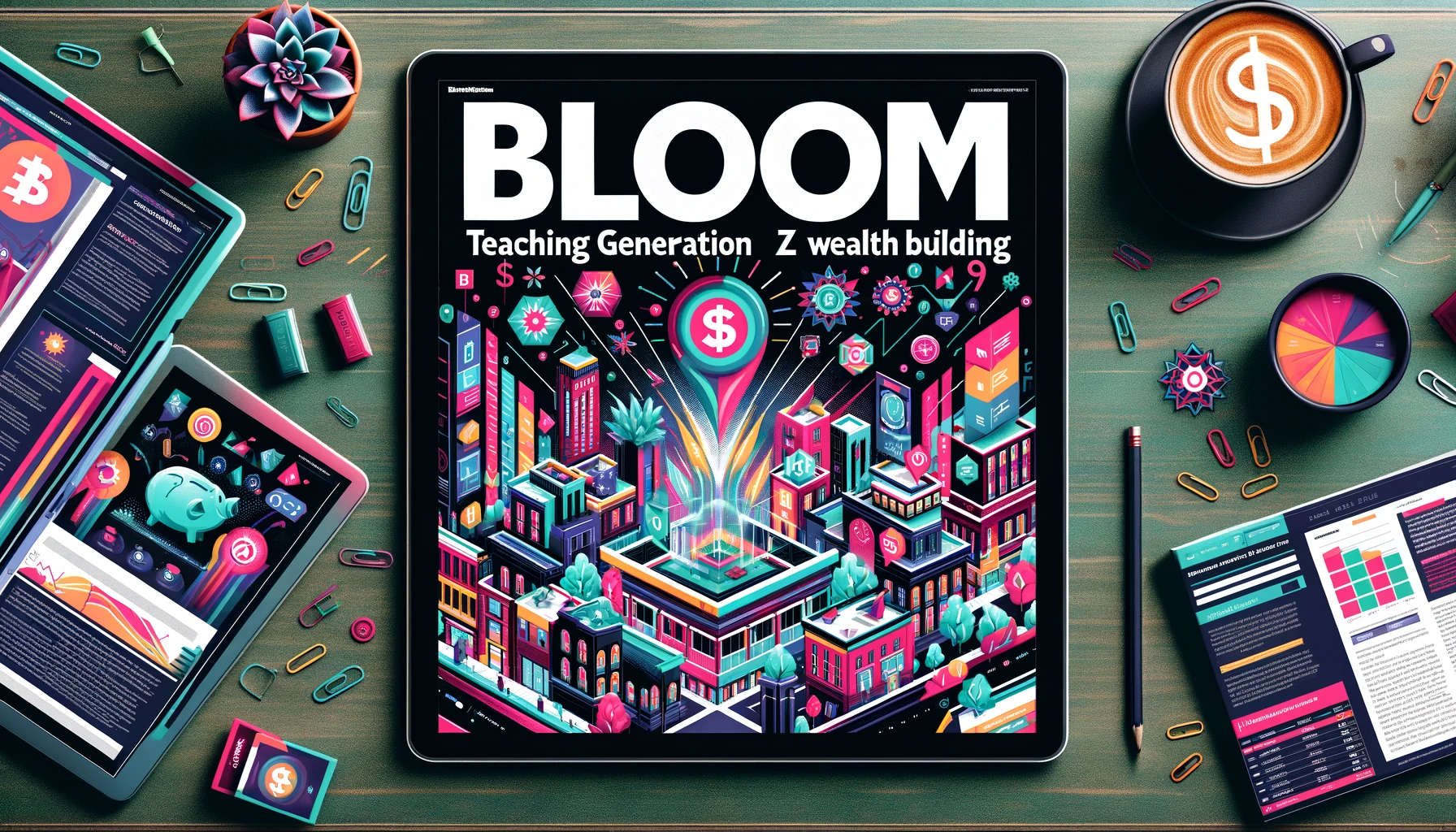In recent years, Non-Fungible Tokens (NFTs) have disrupted the world of technology and digital art, revolutionizing how software is developed and utilized. These unique digital assets have captured the attention of creators, developers, and enthusiasts alike, opening new possibilities and challenges in the software development landscape. In this article, we will explore how NFTs are changing the way we develop and use software and the impact they are having on the industry.
NFTs are built on blockchain technology, such as Ethereum, enabling them to be unique, indivisible, and verifiable. Unlike traditional cryptocurrencies like Bitcoin, which are fungible and can be exchanged for identical units, NFTs represent unique digital assets such as images, videos, music, and other content. This has led to a surge in the creation and sale of digital artwork, virtual collectibles, and other types of unique assets backed by non-fungible tokens.
In the realm of software development, NFTs are making a significant impact. One notable area is gamification, where developers use NFTs to create unique and collectible in-game items that users can own and trade. This has given rise to virtual markets where players can exchange and sell their in-game items, providing them with a sense of ownership and real value in the virtual world.
Another crucial aspect is the tokenization of software. Developers can now create tokenized versions of their applications and programs, allowing them to allocate ownership rights, licenses, and control through NFTs. This opens up new monetization opportunities, as developers can sell unique copies of their software or enable users to acquire tokens that grant exclusive access to special features or additional content.
Additionally, NFTs are changing how software projects are funded. By creating and selling NFTs associated with an ongoing project, development teams can secure funds to finance their work. Investors can acquire these NFTs and, in return, receive specific rewards or benefits related to the project. This decentralized and token-based funding approach is gaining popularity, empowering developers to maintain greater control over their work and receive direct support from the community.
However, the growth of NFTs has raised concerns and challenges. The carbon footprint associated with blockchain technology has faced criticism due to its significant energy consumption for transactions and network validation. Moreover, excessive speculation and market volatility can make NFT prices inaccessible for many, limiting widespread adoption and raising questions about the long-term sustainability of the phenomenon.
In conclusion, NFTs are radically changing software development by enabling the creation of unique digital assets, the tokenization of applications and programs, gamification, and decentralized project funding. While challenges and concerns exist with this new technology, the potential of NFTs to transform the software industry is undeniable. As technology evolves and related issues are addressed, we are likely to see increased impact and adoption of NFTs in software development in the future.





